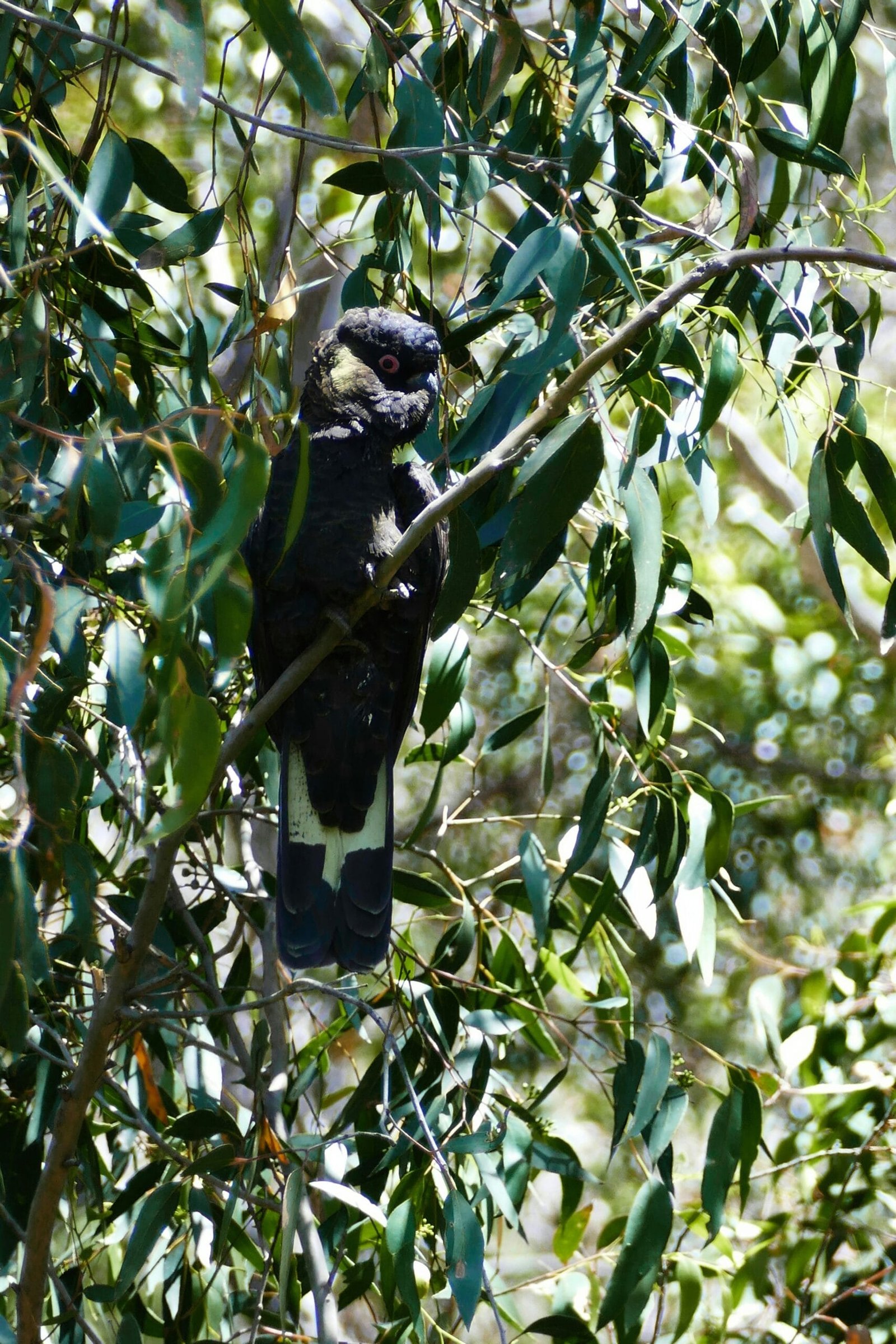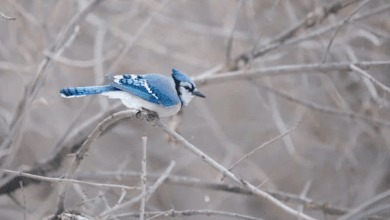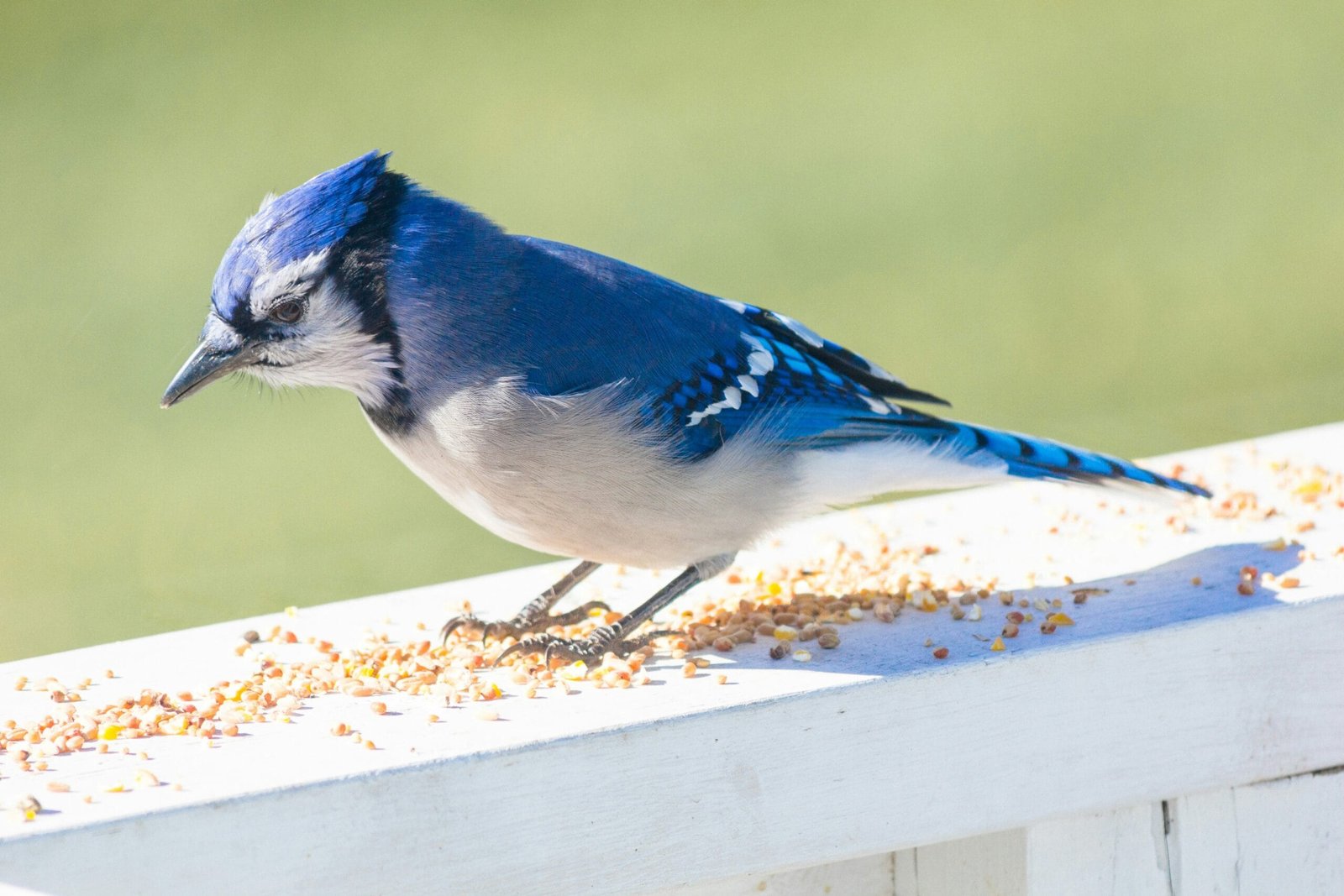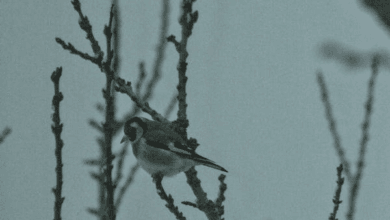Understanding the Irregular Migration Patterns of American Goldfinches
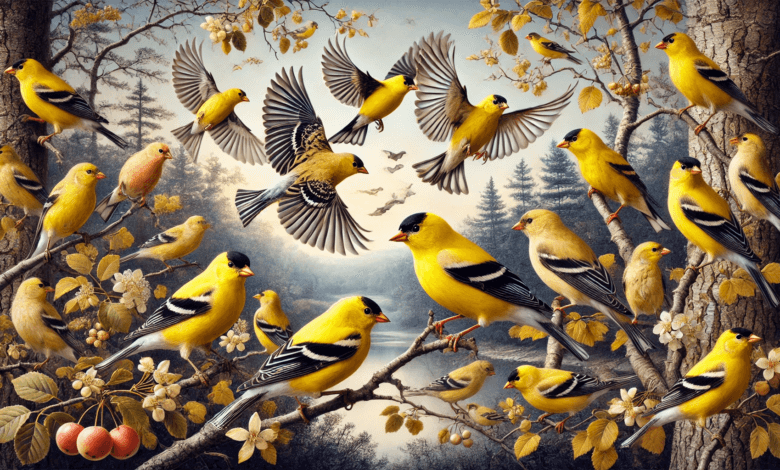
Introduction to Goldfinch Migration
Migration is a phenomenon observed in various species of birds, characterized by the seasonal movement from one region to another. This natural behavior is primarily driven by changes in environmental conditions, such as temperature, food availability, and breeding cycles. Migratory birds typically travel long distances to exploit abundant resources during specific times of the year, returning to their previous habitats as conditions improve. Among North American migratory species, the American goldfinch (Spinus tristis) exhibits notable migration patterns that warrant closer examination.
American goldfinches are fascinating creatures, known for their vibrant yellow plumage and melodious songs. Their migratory behavior is distinctive; unlike many other bird species that undertake long-distance flights to warmer climates during winter, goldfinches exhibit what is known as partial migration. This means that only a portion of the population migrates, while others remain sedentary in their breeding territories, depending on local environmental factors and food supply. This adaptability can be seen in their feeding habits, particularly their reliance on seeds from various plants, which influences their migration timing and distance.
The American goldfinch’s partial migration is a result of intricate evolutionary adaptations that allow them to thrive in varying environments. While some individuals travel southward to escape harsh winters, others remain in northern regions where food sources may still be accessible. This complex behavioral pattern highlights the flexibility of goldfinches and serves as a prime example of how migration can vary among species. In the following sections, we will explore the specific factors that drive the migratory behaviors of American goldfinches, along with the implications of these patterns on their population dynamics and ecological interactions.
The Concept of Partial Migration
The phenomenon of partial migration is characterized by the tendency of some individuals within a species to migrate while others remain sedentary in their resident areas. This behavior contrasts sharply with complete migration, where entire populations move to another location for specific periods, often in search of resources or favorable climatic conditions. In the case of American goldfinches (Spinus tristis), understanding the nuances of partial migration provides insights into their adaptive strategies and ecological flexibility.
Research has indicated that not all American goldfinches within a given population follow the same migratory patterns. Some individuals may leave their breeding grounds in search of more suitable habitats during the winter months, while others may choose to stay in the same location year-round. This divergence in behavior can be influenced by various factors, including environmental conditions, food availability, and genetic predispositions. For instance, goldfinches residing in regions with mild winters are more likely to remain in situ rather than undertake lengthy migrations.
Additionally, studies have shown that the decision to migrate or stay put may also be linked to age and experience. Younger goldfinches might be more inclined to migrate as they explore their habitats and seek to find optimal breeding conditions, while older, more established individuals may possess the knowledge that allows them to thrive without the need for migration. Moreover, the timing of food availability, particularly during the late summer and fall, plays a critical role in triggering migratory behavior. Goldfinches rely heavily on seed-producing plants, and changes in the abundance of these food sources can prompt them to either migrate or remain in their breeding grounds.
Thus, the concept of partial migration in American goldfinches illustrates the complexity of their ecological and behavioral adaptations, highlighting how variability within a species can arise from both environmental factors and individual choices.
Factors Influencing Migration Decisions
The migration patterns of American goldfinches are significantly influenced by a variety of factors. One of the primary determinants is food availability. During the migration season, the presence of sufficient food sources can sway a goldfinch’s decision to remain in a location or to migrate. Seeds of certain plants, which constitute a substantial part of their diet, play a crucial role. If an abundance of seeds is available, especially in late summer and early autumn, goldfinches may opt to stay put rather than embark on the arduous journey typically associated with migration.
Environmental conditions also have a profound impact on the migration choices of these birds. Changes in climate, such as temperature variations and the onset of winter weather, can encourage migration. If an area experiences an early frost or unseasonably cold temperatures, goldfinches may feel compelled to migrate to regions where the climate is still hospitable and conducive to their survival. Conversely, milder weather might encourage some individuals to delay or forgo migration altogether.
Another critical factor in the decision-making process for goldfinches is their age and health status. Younger birds, often less experienced, may have different migration behaviors compared to older, more seasoned individuals. Older goldfinches might better assess risks associated with migration versus remaining in a familiar territory. Health status is equally paramount; a goldfinch in poor condition might choose to remain where they can find adequate resources rather than risking a challenging migration. This interplay of factors reveals that the decision to migrate is not solely instinctual but rather a calculated choice based on environmental cues and individual circumstances.
The Role of Climate and Seasonal Changes
Climate and seasonal changes play a fundamental role in the migration patterns of American goldfinches (Spinus tristis). These small, vibrant birds exhibit unique behaviors influenced by various environmental factors, particularly temperature fluctuations and seasonal transitions. As temperatures begin to drop in late summer and early fall, goldfinches prepare for migration, relying on instinct to guide them toward their winter habitats.
One of the primary influences on their migratory behavior is the availability of food resources. American goldfinches primarily feed on seeds, particularly those from thistles and sunflowers. During late summer, the ripening of these seeds aligns with their need for nutritional resources, which plays a critical role in the timing of their migration. When seed availability diminishes due to seasonal changes or colder temperatures, these birds may initiate their migration sooner to ensure they reach more hospitable environments abundant with food.
Moreover, habitat changes due to climate can also significantly affect their migratory routes. Urban development, agricultural expansion, and climate change have altered many natural habitats, forcing goldfinches to adapt their migration strategies. With the loss of traditional feeding grounds in some areas, these birds may seek alternative routes or new territories that provide essential resources. Climate change also disrupts established patterns; varying temperatures may cause a shift in the timing of seasonal food sources, which in turn impacts when goldfinches choose to migrate.
Ultimately, the interplay between climate, seasonal changes, and food availability shapes the migratory behavior of American goldfinches. As these factors continue to evolve, understanding their influence on migration patterns becomes increasingly vital for conservation efforts aimed at protecting these birds and their habitats.
Differences in Migration Patterns Among Populations
The American goldfinch (Spinus tristis) displays a remarkable diversity in migration patterns across its various populations. This phenomenon can be largely attributed to factors such as geographic location, regional climates, and the availability of local resources. Understanding these differences provides valuable insights into the species’ adaptability and resilience in the face of changing environmental conditions.
Geographically, the American goldfinch can be found in a range from southern Canada to the eastern and western parts of the United States. Populations in northern regions, particularly those experiencing harsher winters, tend to migrate farther south to seek milder climates. In contrast, goldfinches residing in more temperate areas may exhibit partial migration, with some birds remaining year-round due to the availability of sufficient food sources, primarily seeds, and insects, even during the colder months.
Regional climates significantly influence the timing and behavior of migration. For instance, populations in areas with variable climatology may adjust their migration schedules according to the onset of seasonal changes. This flexibility allows goldfinches to optimize their energy expenditure and maximize their reproductive success. Additionally, in regions characterized by a stable climate, there is often less necessity for long-distance migration, leading to localized sedentary behaviors.
Local resources also play a critical role in shaping migration patterns. American goldfinches have a strong affinity for specific plant types that produce seeds, such as sunflowers and dandelions. In areas where these food sources are abundant, migration may be minimal. Conversely, populations facing resource scarcity may be compelled to migrate to ensure survival. Thus, variations in local habitats and food availability can result in distinctly different migration behaviors among American goldfinch populations.
Comparison with Other Bird Species
The migration patterns of the American goldfinch (Spinus tristis) exhibit notable irregularities when compared to other bird species that follow more predictable migratory schedules. While many birds, such as the Arctic tern (Sterna paradisaea), undertake extensive, well-defined migration routes dictated by seasonal changes, American goldfinches display a more flexible approach to movement. They are often described as partial migrants; some individuals may migrate, while others may remain in their breeding areas throughout the winter, especially in regions with milder climates.
In contrast, species like the common blackbird (Turdus merula) demonstrate a firm adherence to seasonal migration patterns. Blackbirds typically migrate south during the winter in search of food availability, returning north in the spring to breed. This strict migration schedule allows for predictability in their behavior, as they respond primarily to changing daylight hours and temperature fluctuations. American goldfinches, on the other hand, may not adhere to the same strict cues, leading to their irregular journey which can vary widely based on the environmental conditions they face.
The differences in migration strategies can also be attributed to dietary preferences. While goldfinches primarily feed on seeds from various plants, including thistles and sunflowers, other species may be reliant on insects or other food sources that are not consistently available throughout the year. Consequently, the irregular migration of goldfinches could reflect a more opportunistic feeding strategy, enabling them to adapt to changing ecosystems and food availability. This adaptability may contribute to their broader distribution across North America, allowing them to thrive in both migratory and non-migratory populations.
The Impact of Human Activity on American Goldfinches
Human activity significantly influences the migration patterns of American goldfinches, primarily through urbanization, climate change, and habitat destruction. Urbanization leads to the fragmentation of natural landscapes, which interferes with the migratory routes and breeding grounds vital for these birds. As cities expand, the once continuous habitats are replaced with built environments that are not conducive to sustaining wildlife, thus altering the patterns of migration and population dynamics.
Climate change is another critical factor affecting American goldfinches. Changes in temperature and precipitation directly impact the availability of food resources and suitable nesting sites. As warmer conditions prevail, goldfinches may find it increasingly difficult to locate the seeds they prefer, particularly during their migration periods. This mismatch between the timing of migration and the availability of resources can have detrimental effects on their populations, leading to decreased reproductive success and increased mortality rates.
Habitat destruction, driven by agriculture and industrial development, poses a further threat to American goldfinches. The loss of native flora, which provides essential food and shelter, forces these birds to adapt to less favorable environments or to alter their migratory behavior significantly. As they struggle to find suitable habitats, the overall health of their populations may decline, leading to potential conservation concerns.
In summary, human activities such as urbanization, climate change, and habitat destruction greatly impact the irregular migration patterns of American goldfinches. These factors may compromise their survival, emphasizing the necessity for effective conservation strategies. Understanding the implications of these activities is crucial to ensuring the resilience of both the American goldfinch populations and the ecosystems they inhabit.
Conservation Efforts for Goldfinches
The American goldfinch, a species renowned for its vibrant yellow plumage and cheerful song, faces a multitude of threats that endanger its population and disrupt its migratory patterns. To combat these challenges, various conservation efforts have been implemented aimed at preserving both the goldfinch and its natural habitat. These initiatives vary from habitat restoration to public education campaigns designed to raise awareness about the importance of biodiversity.
One of the primary conservation strategies involves habitat preservation, as the availability of suitable habitats directly impacts the migratory behavior of American goldfinches. Organizations such as the National Audubon Society and the American Bird Conservancy have made significant strides in creating and maintaining native wildflower gardens, which provide essential food resources for these birds during migration. By promoting the growth of native plants, these initiatives help sustain insect populations that are vital to the goldfinch’s diet.
In addition to habitat preservation, public engagement plays a critical role in goldfinch conservation. Community-based programs often encourage local residents to participate in birdwatching and citizen science projects, fostering a sense of stewardship for these charming birds. Educational workshops disseminate knowledge about the ecological significance of goldfinches and the threats they face, such as habitat degradation and climate change. Collaboration between local governments, non-profit organizations, and volunteers has proven effective in mobilizing resources towards protecting migratory pathways and nesting areas.
Despite the progress made, challenges remain in the quest to safeguard the American goldfinch. Urban development, agricultural expansion, and the use of pesticides continue to threaten their natural habitats. Ongoing efforts to address these challenges involve policy advocacy for stronger environmental regulations and sustainable farming practices. Overall, while progress has been made through various conservation initiatives, the commitment to protecting the habitats and migration routes of American goldfinches must remain steadfast to ensure their enduring presence in our ecosystems.
Conclusion and Future Research Directions
Understanding the irregular migration patterns of American Goldfinches is essential for both ornithologists and birdwatchers. Throughout this blog post, we have explored various factors influencing these migrations, such as food availability, seasonal changes, and environmental pressures. The American Goldfinch, known for its striking yellow plumage, exhibits a unique pattern of movement that can often be unpredictable. These irregularities pose critical questions about their adaptability in a changing ecosystem. The insights gathered can inform broader ecological studies and contribute to conservation efforts, as well.
As we look forward, the importance of continued research in this area cannot be overstated. Scientists can further investigate how climate change impacts the migration routes and behaviors of goldfinches. A growing concern is the shifting food sources due to changing climate patterns. Studies focusing on the relationship between vegetation changes and the availability of seeds during migration periods could yield valuable information for predicting future trends. Furthermore, the role of urbanization and habitat fragmentation on the migratory behaviors of these birds warrants in-depth analysis, as cities continue to expand and modify natural landscapes.
Additionally, citizen science initiatives that encourage birdwatchers to report goldfinch sightings can enhance data collection and provide a larger dataset for researchers. This collaborative effort can help identify migration trends on a finer scale and shed light on population dynamics. Ultimately, sustained research efforts are necessary to fully understand the complexities of American Goldfinch migration. Future studies should focus on blending technology, such as GPS tracking, with ecological assessments to elucidate the nuances of their migration patterns.

